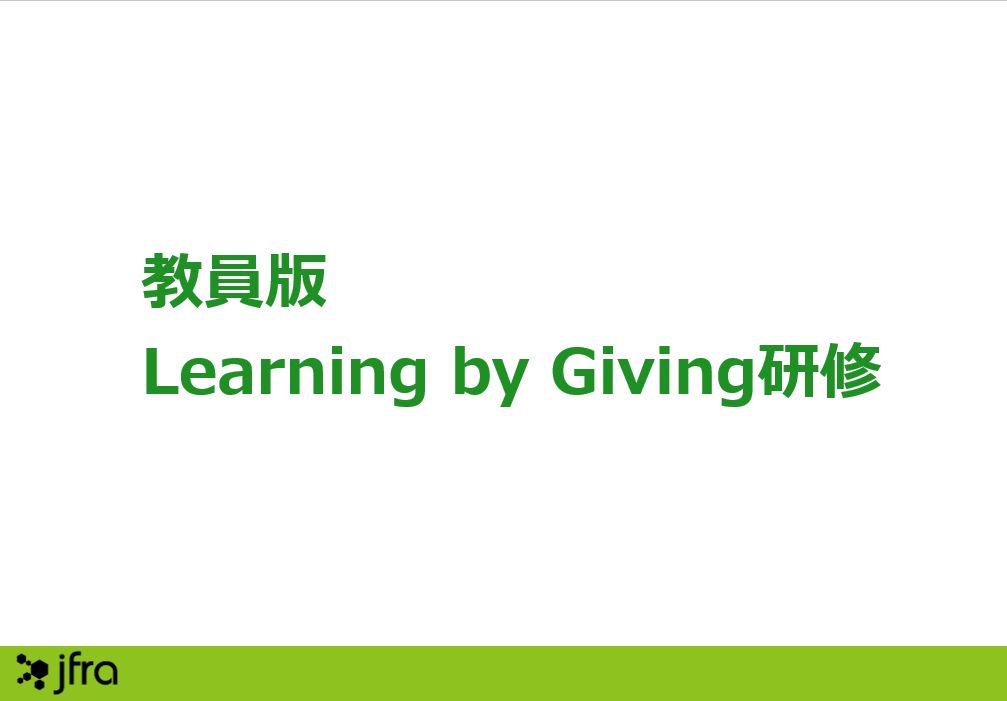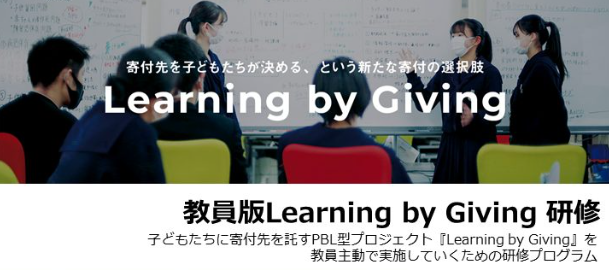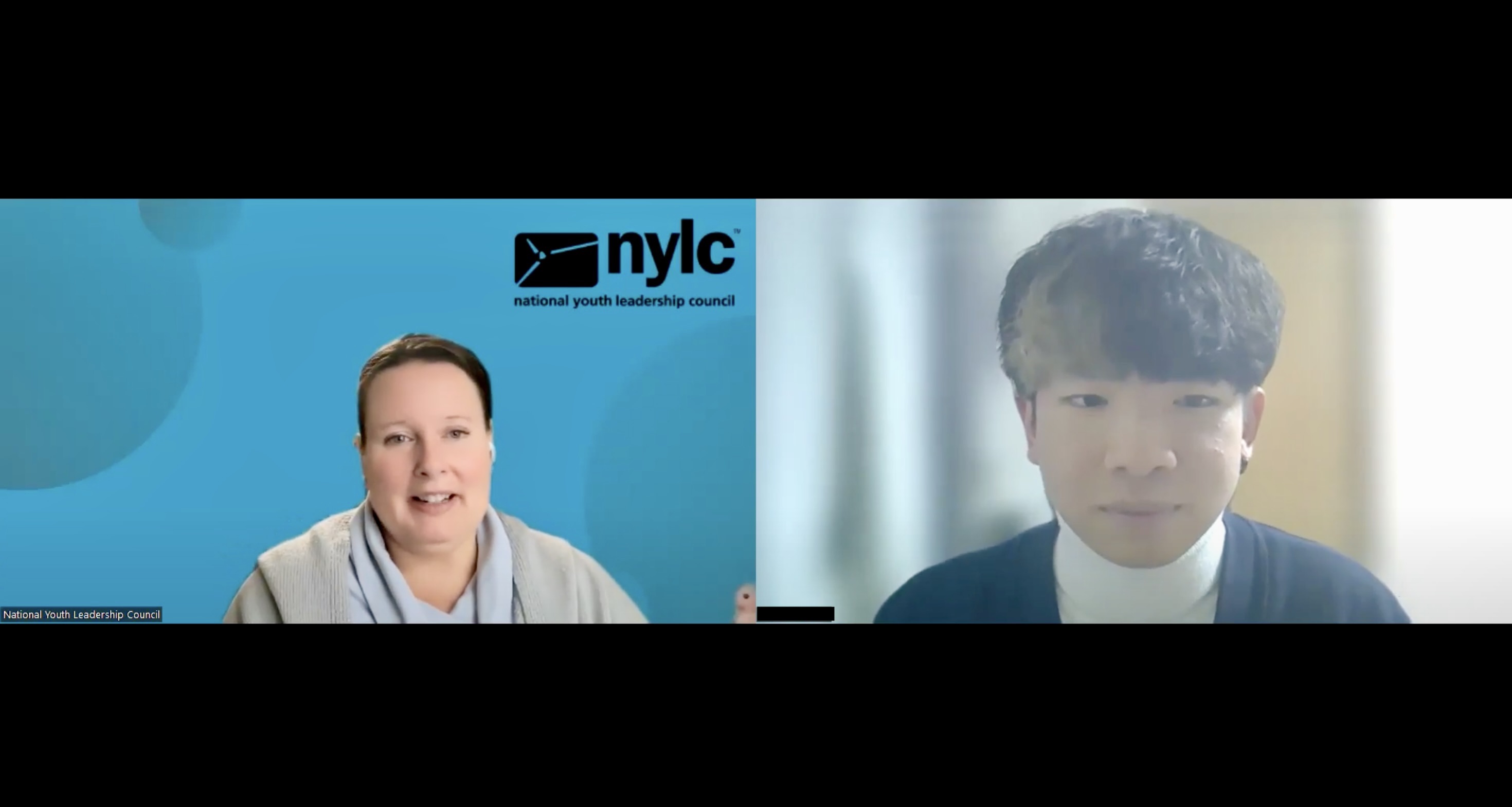社会貢献教育ジャーナル
特集やコラム、実践者へのインタビューなど
社会貢献に関する記事を日々更新しています!
Interviewing Ms. Betsy Peterson of Learning to Give
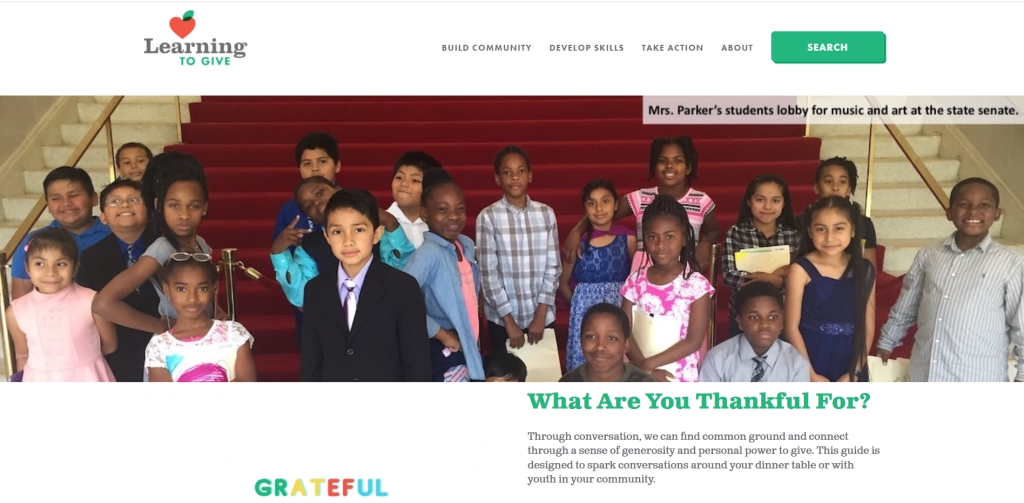
Introduction
Hi everyone! This is Kan and for this article, I interviewed Ms. Betsy Peterson from Learning to Give. It is one of the leading organizations that provides philanthropy educational materials to educators and youth leaders mainly in the United States.
This is the very first time that a writer of this website interviews a person from abroad. Moreover, this interview was conducted with a new member of writers, Ayano. This article is a little different from how it’s like in the other articles, but I hope you enjoy it!

Ms. Betsy Peterson:Director of Learning to Give. A specialist of philanthropy education.
Haruka:An intern at Japan Fundraising Association. She also runs a community mainly for highschool students who want to be in volved in service learning.
Kan:An intern at Japan Fundraising Association. He is also a main coordinator of this interview.
Ayano:An university freshman in Japan. She has a strong interest in service learnig and international affairs.
Establishment of the Organization
Kan: Firstly, I would like to ask you the background of the establishment of your organization and what your organization mainly does now.
Ms. Peterson: The organization was originally established 25 years ago. Back then, philanthropy practitioners recognized that young people were not aware of the language and skills of philanthropy or its relevance to them. With a vision of empowering all youth as participants in changemaking and giving, Learning to Give was established as a nonprofit organization free to educators, parents, and youth and community leaders.
Learning Materials and Communities
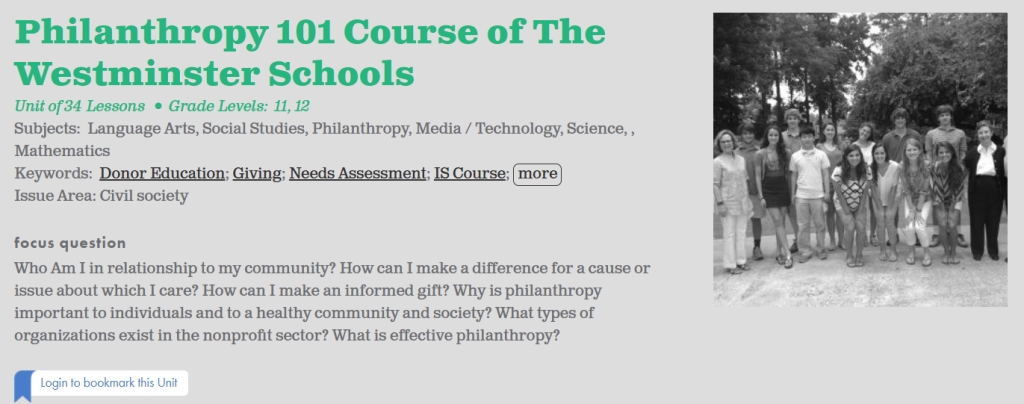
Ayano: Your organization provides learning materials that build community and teach skills of philanthropy and service. What kind of relation is there in providing educational frameworks and building communities? And how do each of them enhance each other?
Ms. Peterson: We feel that building community is at the base of what we do. In the process of service learning, the first thing youth explore is who they are and what they care about in their community. This builds trust, belonging, and purpose for connecting in community. So, we provide a lot of activities to help people understand themselves and their community. Discussions center on who they are as individuals, what they care about, their needs and privileges, and the strengths and needs they see around them. Those are essential as a base before they take action in their community. It drives engagement from within based on the needs and assets around them. Learning to Give’s activities provide examples of people addressing needs to make a better world. Exploring their differences and similarities builds the base of trust and belonging, so they can then feel their voice matters in the larger community.
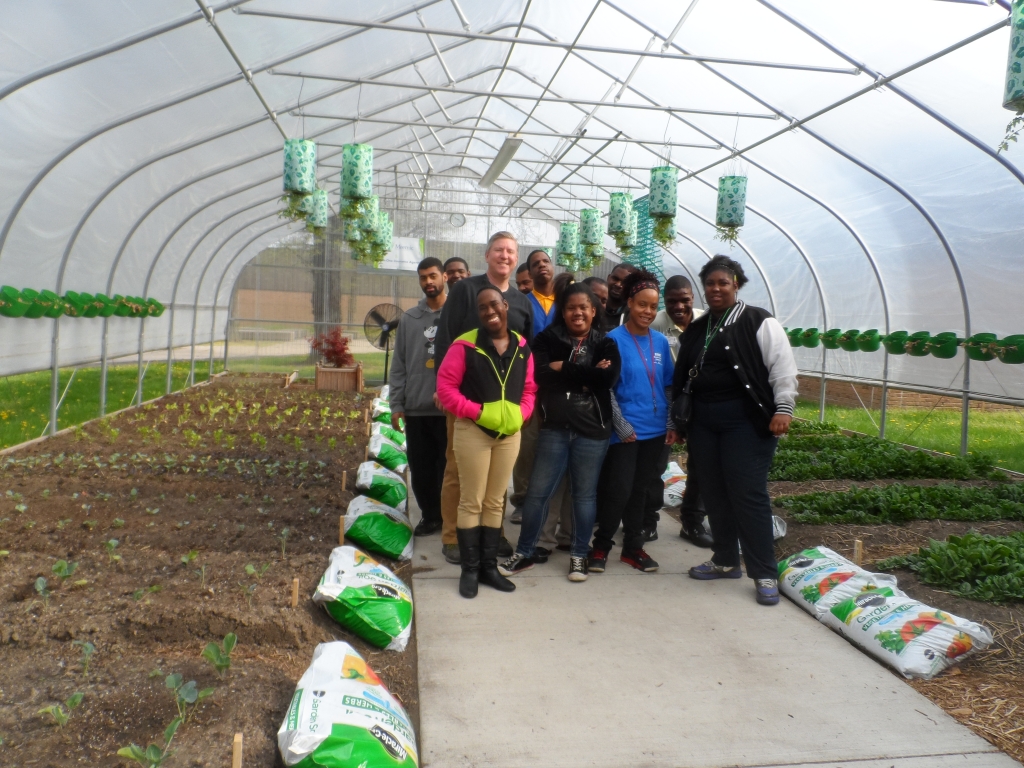
Ayano: In addition to what the organization is doing now, is there anything you want to do in the future?
Ms. Peterson: This is still at the vision stage, but we would like to be more closely aligned to our Youth Advisory Councils who are grantmakers in Michigan. These young people are empowered givers who can influence other youth to use their voice to make change. We would like them to use Learning to Give resources locally and write new content based in their experiences. We expect they will be very effective teachers of philanthropy to other young people in their communities.
Expectations for the Future Generation
Kan: With the learning materials and communities that your organization provides, what do you expect young people to become when they grow up?
Ms. Peterson: We hope that all youth care about being involved today and in the future and aware their actions impact everyone. Some of them may choose a career in the nonprofit sector. We hope that they are more interested in the nonprofit sector as a potential career path and seek guidance from mentors who are in the field. Even if this isn’t their career path, we still want them to be more interested volunteering, giving, and the work of the nonprofit sector.
Conclusion
From the interview, I believe we could see how valuable their projects are. We were enlightened with the importance of philanthropy education through educators and communities. I am sure that service learning in Japan will be even more enhanced if this kind of project was introduced.
Lastly, I would like to thank Ms. Betsy Peterson from Learning to Give, who accepted to be interviewed from a total stranger, and set up the meeting regardless of the time difference between Japan and the East Coast.
You can access Learning to Give's website from here!
Youc can also access the Japanese translated version of this interview from here!
プログラムの共同実施や、学校での導入など
協働をご希望の方へ



